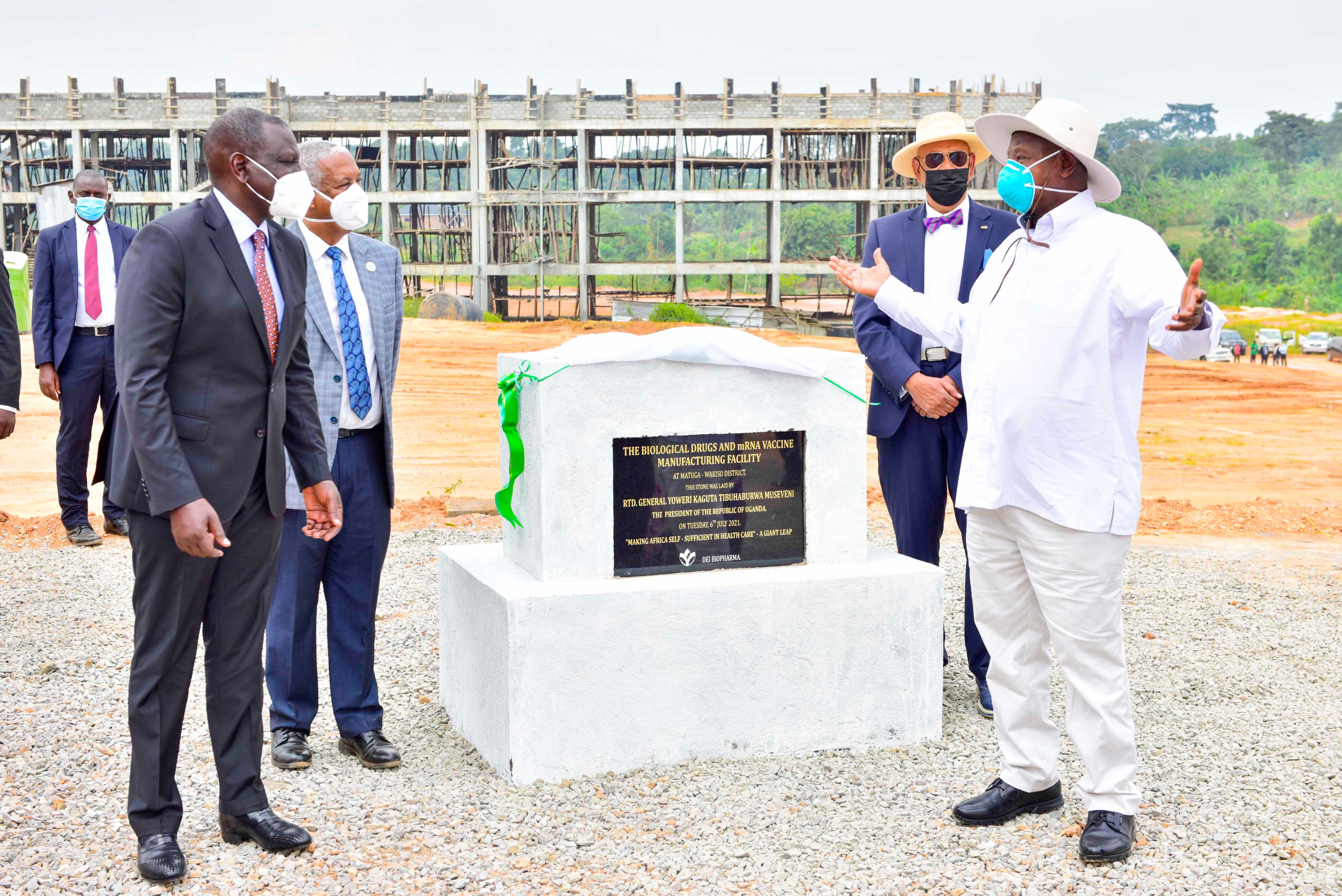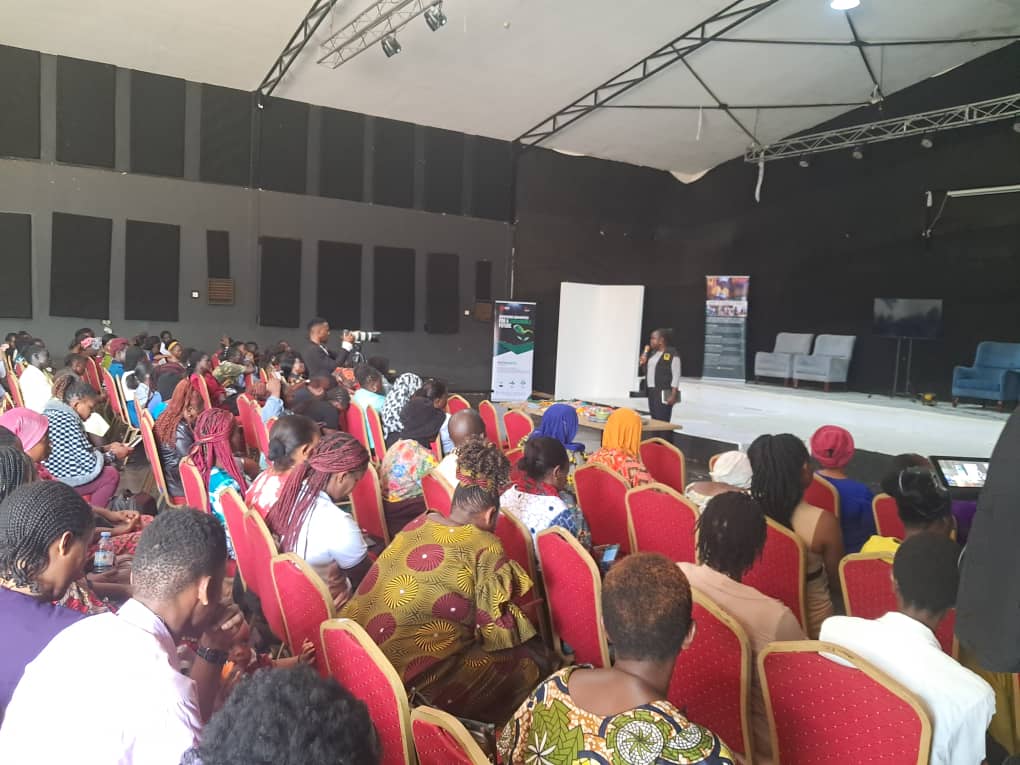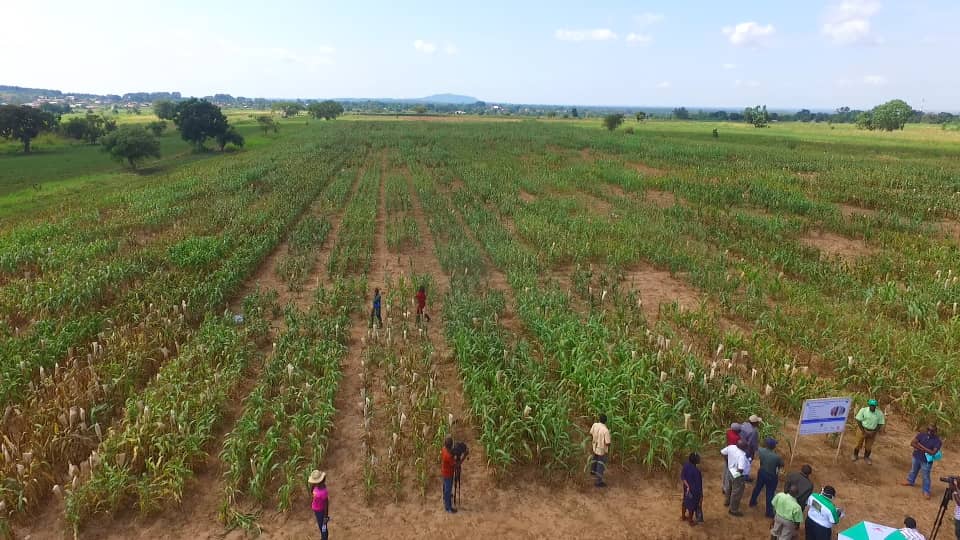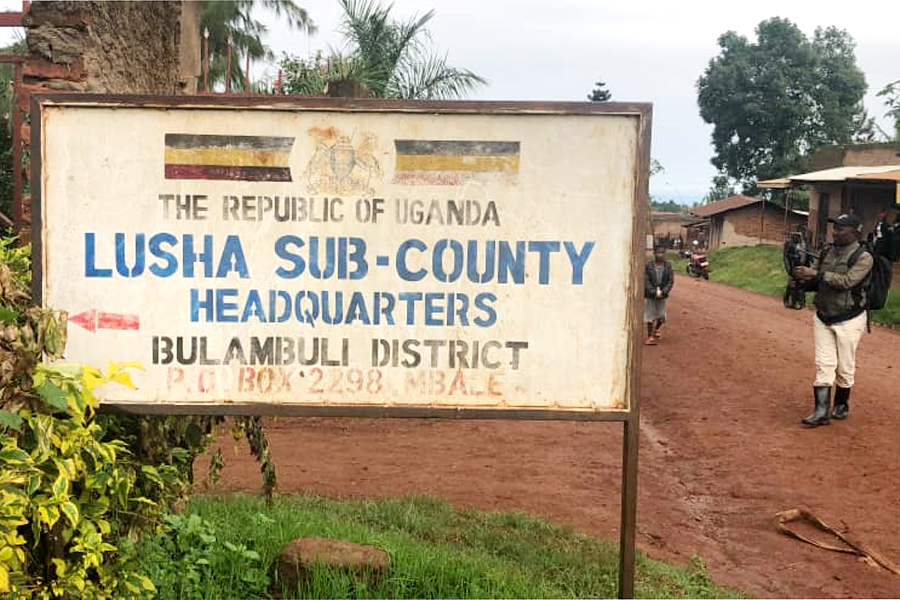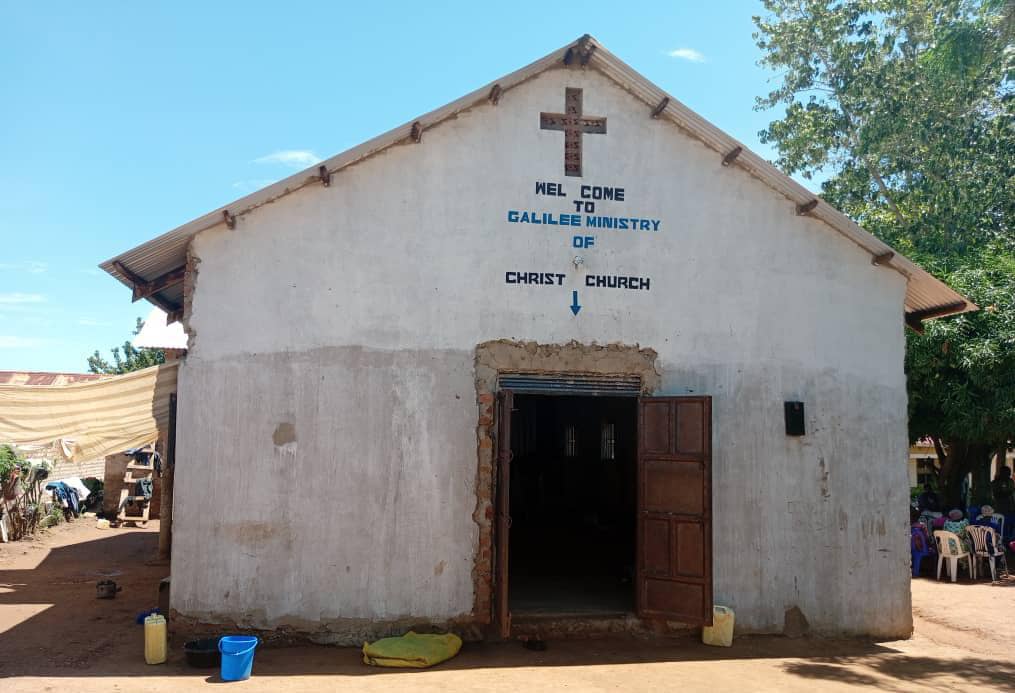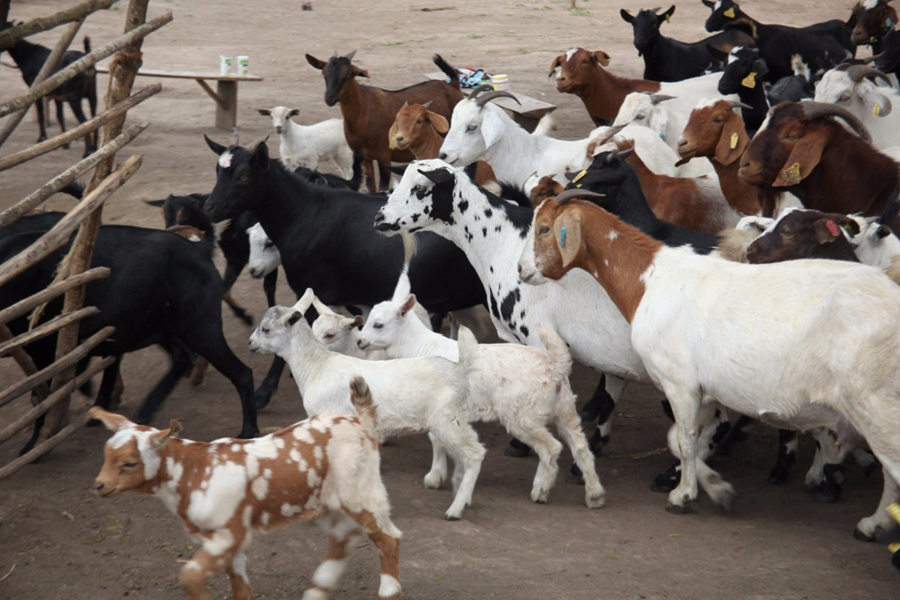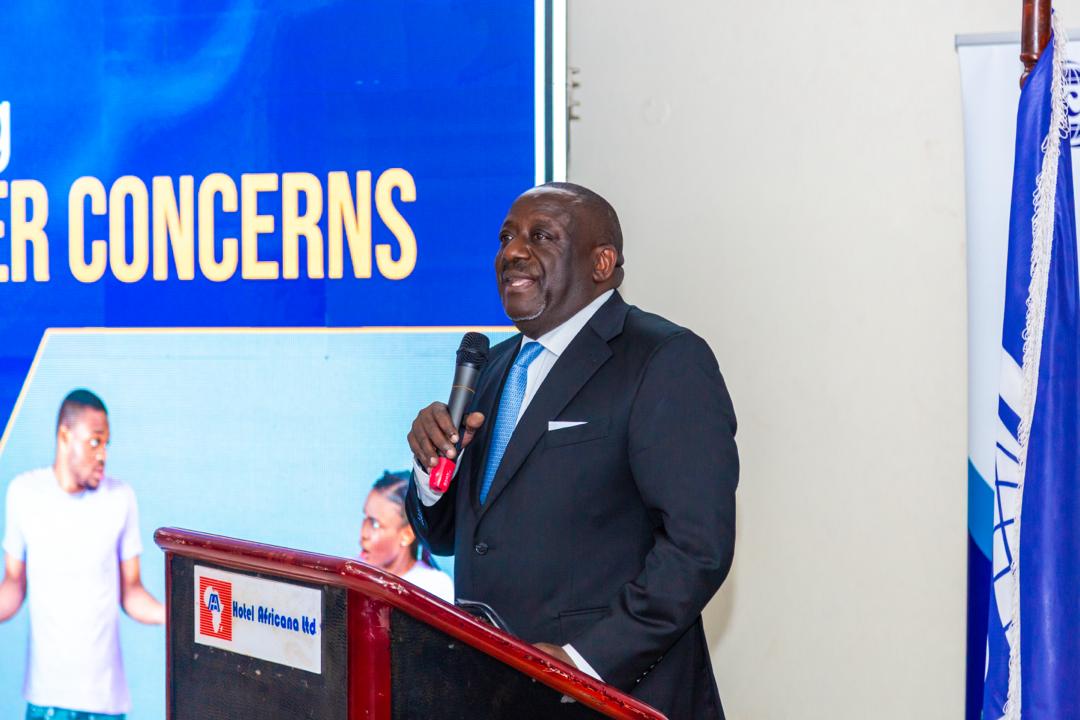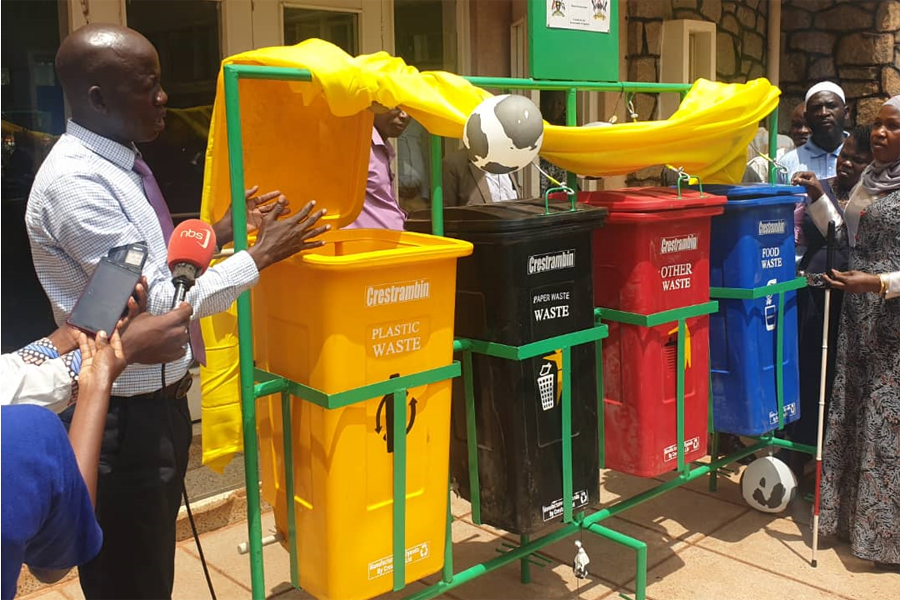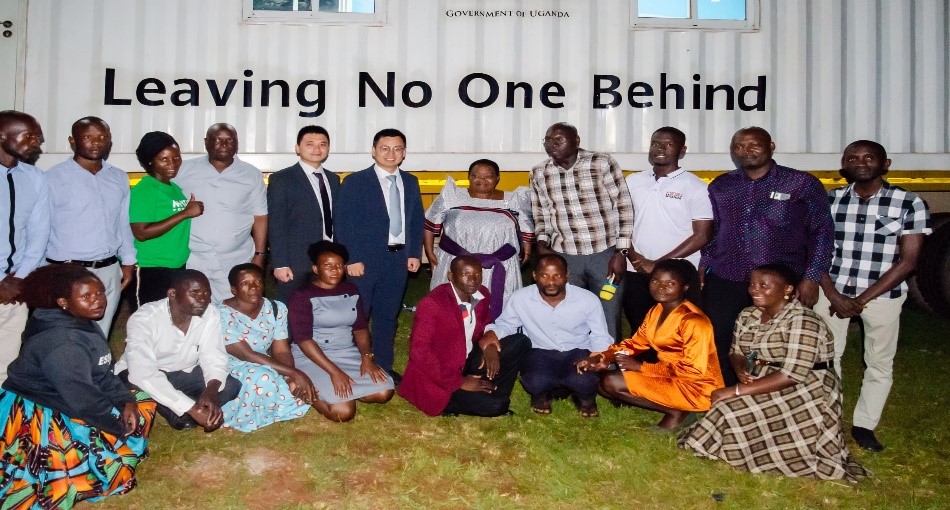Government says palm oil growing has done wonders for Kalangala
Government through the Ministry of Agriculture has said oil palm growing in Kalangala has helped elevate them and increase on their incomes.
Using a loan from the International Fund for Agriculture Development (IFAD) government has since 2008 implemented the Vegetable Oil Development Project in two phases between 2008 and 2010 and 2010 to 2018.
Keep Reading
Speaking at the launch of findings in a research conducted about the project, Agriculture Minister Vincent Ssempijja said palm oil growing has spurred Kalangala to development unlike before.
“The area(Kalangala) used to be one of the most backward and poor districts in the country but this has changed over the years because of oil palm growing,”Ssempijja said.
“Household incomes have increased by Shs 2.2 million and the area has greatly developed. It has stimulated economic growth to the island and created more employment opportunities.”
The minister explained that because the biggest percentage of people in the island district engage in oil palm growing the remaining few also benefit from the incomes got from the plant.
He noted that nearly half of the incomes got from oil palm is injected by the locals into other income generating ventures like boda boda businesses and shops which too have spurred development.
Impact on fishing
According to officials, oil palm growing has had a major impact on the fishing activities in Lake Victoria.
“Previously, the communities depended on fishing thus depleting the lake. Many people are now running away from fishing to grown oil palm because it is lucrative.”
According to Alessandro Marini, the IFAD country director, oil palm growing has enabled communities in Kalangala realize sustainable rural transformation.
“The people of Kalangala can now enjoy the dividends from oil palm growing.”
Asked about food security, officials explained that there is a policy on all farmers where each of them is mandated to reserve two acres of their land for growing food.
“Every farmer must retain the two acres for other food crops. This has also increased food produced in the district unlike before,” the agriculture minister noted.
“Previously, communities mostly depended on fish but most of them have on top of oil palm growing started to grow food crops.”
The oil palm development component was implemented through a Public Private Partnership (PPP) between Government of Uganda and BIDCO Uganda Limited, targeting the establishment of 10,000 hectares of oil palm, with 6,500 hectares managed by BIDCO and 3,500 hectares managed by smallholder farmers also known as out growers.
It is also said that because of oil palm, government has also set up a number of infrastructure development projects like roads and ferries for transport to and from Kalangala Island.


